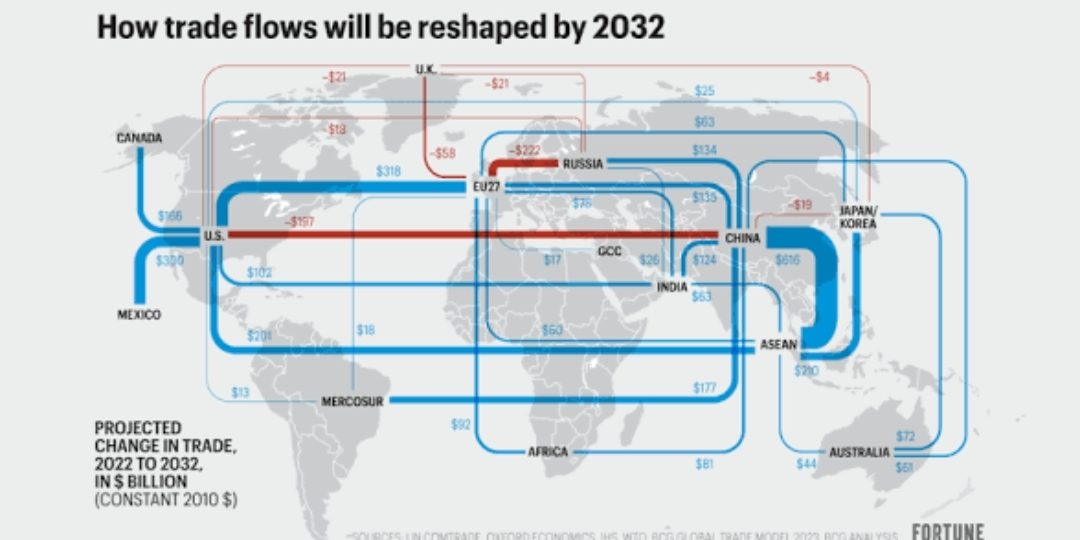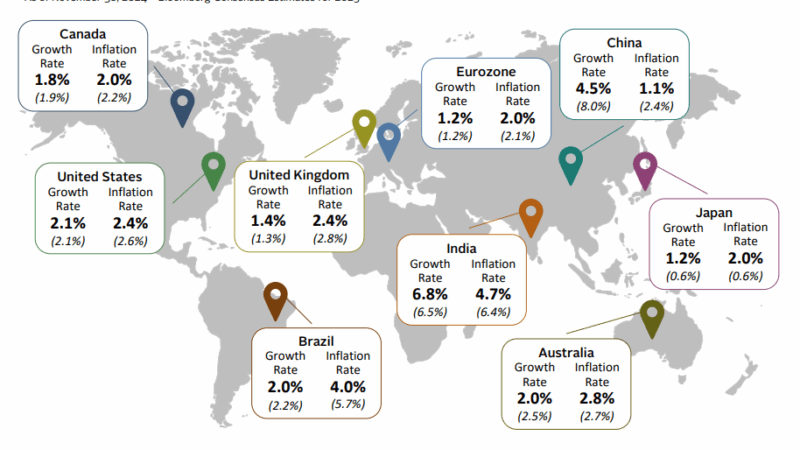The Silent Shift: How Emerging Economies Are Redrawing Global Trade Routes

By Btutnow Team| Brutnow Media company | Global Busines
ARTICLE| Nov 2, 2025 at 21:35 In 2025, the landscape of global trade is undergoing a profound transformation. Emerging economies, once peripheral players, are now at the forefront, reshaping traditional trade routes and establishing new corridors that challenge the dominance of established powers.
This shift, often subtle yet impactful, is driven by a confluence of factors including geopolitical realignments, infrastructural developments, and evolving economic strategies.
The Rise of South-South Trade Corridors
Emerging markets in Asia, Africa, Latin America, and the Middle East are increasingly engaging in bilateral and multilateral trade agreements, bypassing traditional Western-centric routes.
The India-Middle East-Europe Economic Corridor (IMEC), for instance, is a strategic initiative aimed at enhancing connectivity between the Indo-Pacific and the Mediterranean regions, fostering economic integration and reducing dependency on traditional maritime routes .
Infrastructure Investments: Building New Trade Arteries
Significant investments in infrastructure are enabling these emerging economies to establish alternative trade routes. The expansion of port facilities, rail networks, and highways across Asia, Europe, and Africa is creating more efficient pathways for goods, facilitating smoother and faster trade flows . These developments are not only enhancing trade efficiency but also positioning these regions as critical hubs in the global supply chain.
Geopolitical Dynamics and Trade Realignments
Geopolitical tensions and shifting alliances are further accelerating the reconfiguration of global trade routes. As traditional powers reassess their foreign policies and trade strategies, emerging economies are seizing the opportunity to assert their influence. For example, India’s emphasis on self-reliance and resilient supply chains aims to mitigate the risks associated with global disruptions and the strategic use of trade as a geopolitical tool .
The Role of Technology in Facilitating Trade Shifts
Advancements in technology, particularly in digital platforms and logistics, are playing a pivotal role in facilitating the emergence of new trade routes. The adoption of blockchain for secure transactions, artificial intelligence for predictive analytics, and automation in ports and warehouses are streamlining operations and reducing the friction traditionally associated with cross-border trade .
Implications for Global Businesses
For global businesses, this shift presents both opportunities and challenges. On one hand, new trade routes can offer cost efficiencies and access to emerging markets. On the other hand, companies must navigate the complexities of unfamiliar regulatory environments and potential geopolitical risks. Adapting to these changes requires agility, foresight, and a willingness to embrace new business models and partnerships.
Conclusion
The silent shift in global trade, driven by the strategic actions of emerging economies, is redefining the contours of international commerce. As these nations continue to invest in infrastructure, forge new alliances, and leverage technology, they are not merely participating in global trade—they are actively reshaping it. For businesses and policymakers alike, understanding and adapting to this new reality will be crucial in navigating the evolving global economic landscape.
Read more : useful links





